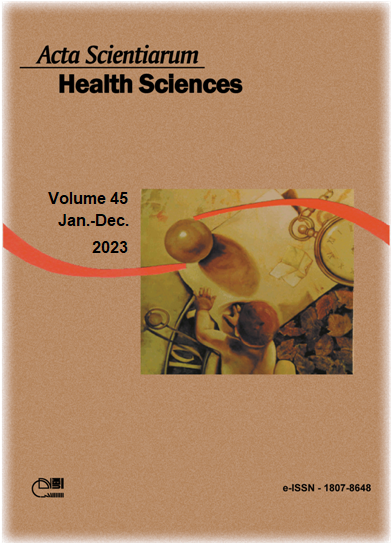Hepatitis C: sociodemographic and clinical profile of patients treated with direct-acting antivirals in a pharmaceutical office
Résumé
To report the sociodemographic and clinical profile of patients treated with direct-action antivirals (DAAs). Patients infected with hepatitis C virus in current treatment were followed up in a pharmaceutical office. Sociodemographic, clinical and medicines uses characteristics were obtained. A total of 62 patients were enrolled, with a higher proportion of men, aged between 40 and 69 years, low schooling, and workers. Were predominant the HCV virus genotype 1 (45.2%) and 3 (48.4%), and 19.4% were cirrhotic. Of the referred comorbidities, stood out those diseases related to the cardiovascular system (19.8%), psychiatric disorders (17.6%), endocrine and metabolic disorders (14.5%). Co-infections represented 5.2%, and were distributed between acute hepatitis A (1.0%), chronic viral hepatitis B (2.1%), and HIV (2.1%). Previous or current use of licit / illicit substances was reported by 33.9% of patients. A significant difference was identified in the youngest age group (25 to 39 years, p = 0.02), with a lower average viral load compared to the other age groups. The pharmacotherapeutic follow-up carried out in the period resulted in 157 pharmaceutical consultations. Patients with hepatitis C using DDAs were mostly men, aged between 40 and 69 years. Type 3 HCV genotype was most frequently identified. The presence of cirrhosis and other comorbidities serves as an alert for health professionals in the implementation of public health policies.
Téléchargements
DECLARAÇÃO DE ORIGINALIDADE E DIREITOS AUTORAIS
Declaro que o presente artigo é original, não tendo sido submetido à publicação em qualquer outro periódico nacional ou internacional, quer seja em parte ou em sua totalidade.
Os direitos autorais pertencem exclusivamente aos autores. Os direitos de licenciamento utilizados pelo periódico é a licença Creative Commons Attribution 4.0 (CC BY 4.0): são permitidos o acompartilhamento (cópia e distribuição do material em qualqer meio ou formato) e adaptação (remix, transformação e criação de material a partir do conteúdo assim licenciado para quaisquer fins, inclusive comerciais.
Recomenda-se a leitura desse link para maiores informações sobre o tema: fornecimento de créditos e referências de forma correta, entre outros detalhes cruciais para uso adequado do material licenciado.























5.png)







